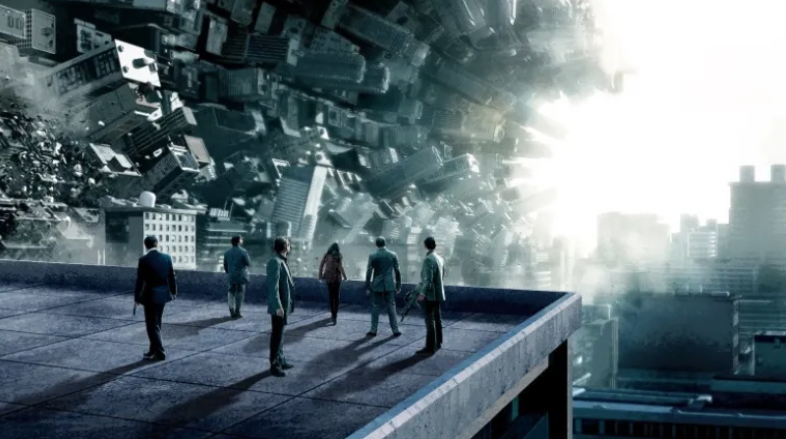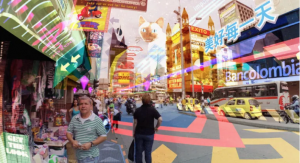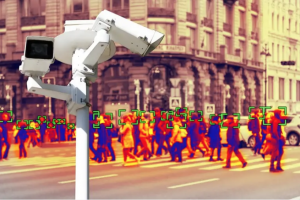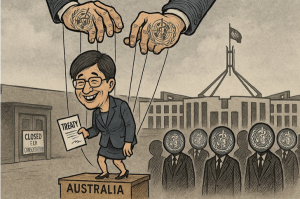Beyond Simulation: The Era of the Hyperreal
3 min read
We are the first digital inhabitants of a universe of pure symbolic media exchange, living in an empty space of virtuality, where subjectivity and objective truth have intertwined together.
At the core of this collective experience, we find a fabricated system of meaning that limits human participation to that of mindless spectator, while a digital hyperreality is slowly born.
At the core of this collective experience, we find a fabricated system of meaning that limits human participation to that of mindless spectator, while a digital hyperreality is slowly born.
PSYCHOLOGY OF ILLUSION

Photo: ALO
Not only does simulacra refer to ‘copies without an original’, but it can be used to explain the lack of depth, meaning or ‘realness’ behind signs which penetrate our technological lives.
Walter Benjamin, as early as 1936, argued that “the presence of the original is the pre-requisite to the concept of authenticity’, and that this was missing from a world of mass-produced commodities.
However, in a modern, technology-driven digital age, this has developed even further, to the point that no original even exists in which to draw the authenticity from.
Frank Webster once gave the example of when a user downloads a song to their phone, in which the notion of an original is meaningless, as the song that has been downloaded has no physical original –it is a copy of a song downloaded from a digital platform.
Baudrillard, in his essay The Ecstasy of Communication, explains that Western technological society revels in the over-exposure to images. He defines this visual overstimulation as “obscene”, which is when “everything is exposed to the harsh and inexorable light of information and communication”.
Researcher Steven Connor summarises Baudrillard’s concepts of simulacra by stating: “All of contemporary life has been dismantled and reproduced in scrupulous facsimile’.
This refers to simulacra; the reproduction of signs of reality that are, in fact, created.
Connor also discusses how simulation of “the real and referential” then “takes the form of manufactured objects and experiences which attempt to be more real than reality itself”.
Violence is disconnected from the ‘real’ world destruction, for example, and is recoded in cyberspace as signs and images to be consumed through mass media, gaming, and digital outlets.
Death as a tragic event has also been eliminated, and any event surrounding this theme is surrendered to the media representations of it.
The event, whatever it may be, is experienced as an ‘image event’ and consumed through symbolic exchange. Put simply, the image precedes the real, is consumed and forms the reality itself.
War images on TV, for example, form the actual perception of warfare, while the real events on-the-ground — whatever they may be — are masked in a sea of digital simulations.
Simulacra is the psychological concept that drives many other vast deceptions.
From 9/11, to shooting events, COVID scamdemic — symbolic images are programmed daily.
Let’s take a deeper delve into just how these messages are transmitted, and what is responsible.
CONTINUED..
This feature piece continues to cover:
Follow The Signs:
Cultures and Symbols
The Nature of Symbolic Exchange
The Replication and Distortion of Value
Beyond the Postmodern World
Science Fiction Comes to Life:
The Birth of the Hyperreal
Source: https://tottnews.com/2022/11/21/the-era-of-the-hyperreal/









